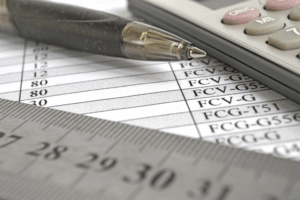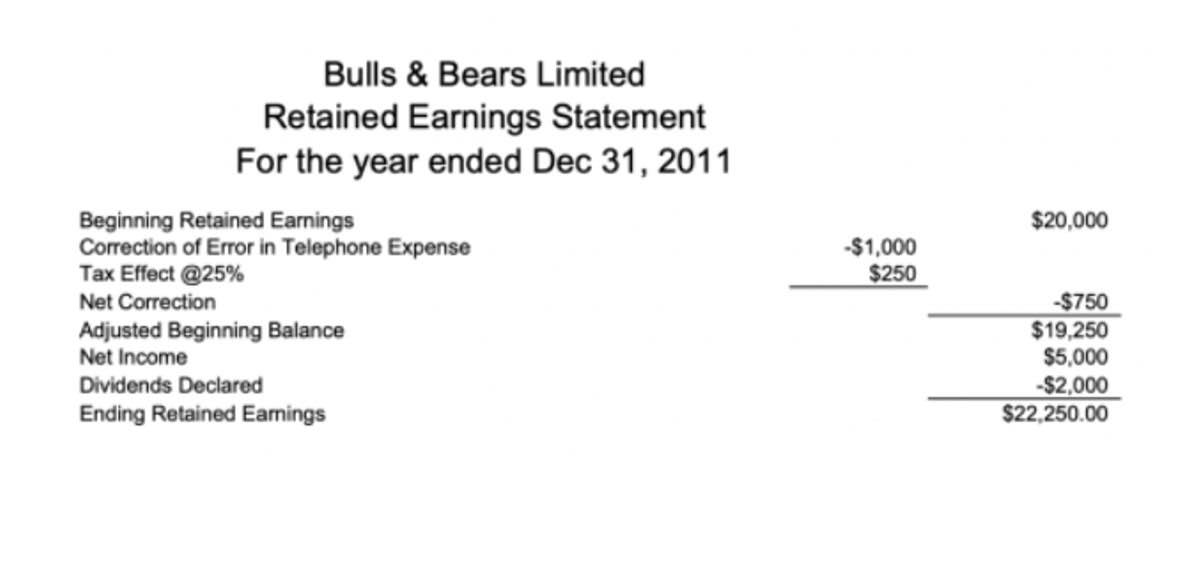
Long-term solvency of a company is determined by its ability to pay the long-term liabilities. We take monthly bookkeeping off your plate and deliver you your financial statements by the 15th or 20th of each month. Contingent means something that happens only if specific circumstances or conditions are present. A contingent liability, therefore, exists only when you experience a particular outcome.
Examples of Long-Term Liabilities and Their Financial Impact
As a result, too many current liabilities can disrupt your business’s cash flow. Long-term liabilities also impact the asset turnover ratio, which measures how efficiently a company uses its assets to generate revenue. Additional debt used to finance asset acquisitions may dilute this ratio if revenues do not increase proportionately. The debt-to-equity ratio measures the relative proportion of shareholders’ equity and debt used to finance assets. An increase in long-term liabilities raises this ratio, indicating higher financial leverage.

Property, plant and equipment – net

This liability long term liabilities examples shows how much interest expense has accumulated since the last payment. Analysts use liquidity ratios like the current ratio or the quick ratio to assess a company’s ability to meet its short-term obligations. Deferred tax liabilities are taxes you owe but don’t have to pay until a future date. These arise due to timing differences between when income or expenses are recognized for accounting purposes versus tax purposes. It’s a bit like knowing you have to pay taxes on April 15th but already accounting for it in the previous year’s books. The debt-to-equity ratio compares a company’s total debt to its shareholder equity.

Long-term Provisions on Financial Statements
The long term liabilities section may include items like loans and deferred tax liabilities. If applicable, you may also find debentures and pension obligations there. These are borrowed sums that your business agrees to repay over time, typically with interest.
- An operating cycle is the average period of time it takes for the company to produce the goods, sell them, and receive cash from customers.
- Current liabilities are debts that you have to pay back within the next 12 months.
- Companies estimate how much these benefits will cost in the future and record them as long-term liabilities.
- In the 60th month of the loan (5 years x 12 payments), the principal balance reaches zero and the loan is paid in full.
- It’s a delicate balance that corporations must manage, and investors must scrutinize.
Financial commitments arising from long-term lease agreements for equipment or property. Loans with a longer repayment period are often used for Bookkeeping for Etsy Sellers significant investments or expansion. When a company’s bank balance goes below zero due to withdrawals exceeding the available funds. Businesses often owe money to suppliers for goods or services received but not yet paid for. Long term liabilities can look bad for a company if you don’t have a plan for dealing with them.

Example of a balance sheet using the account form
It includes not only the regular salary or wage but also any bonuses, commissions, or other compensation owed to the employee. It’s essential for businesses assets = liabilities + equity to keep track of their liability accounts related to customers to ensure that they can meet their financial obligations. Therefore, businesses should regularly review their accounts payable and customer deposit accounts to ensure that they are accurate and up-to-date. When a customer purchases goods or services on credit, the business owes them a debt until the payment is made. The amount owed to the customer is recorded as a credit, and the corresponding transaction is recorded as a debit in the appropriate account, such as sales revenue or service revenue. When a company purchases goods or services from a supplier on credit, the amount owed is recorded in the accounts payable liability account.























